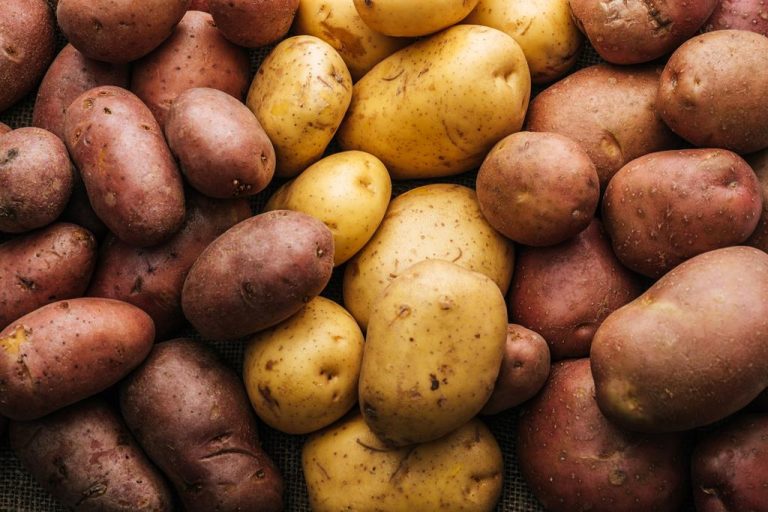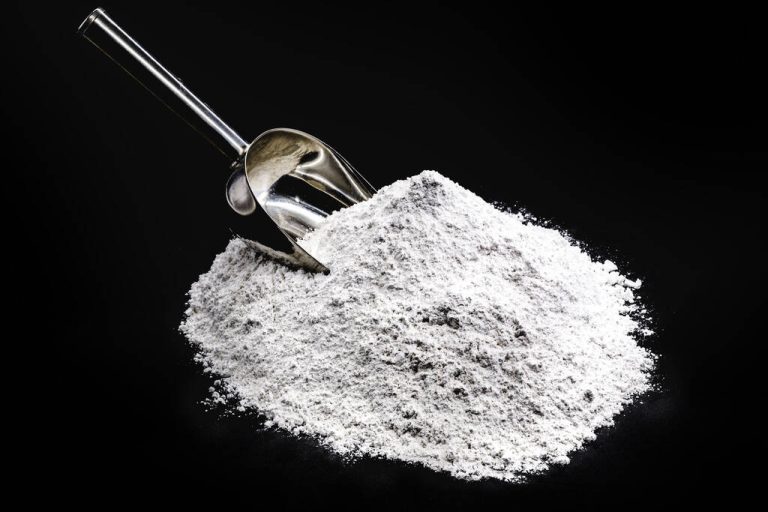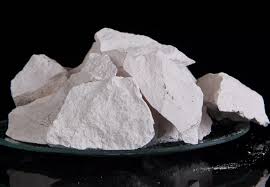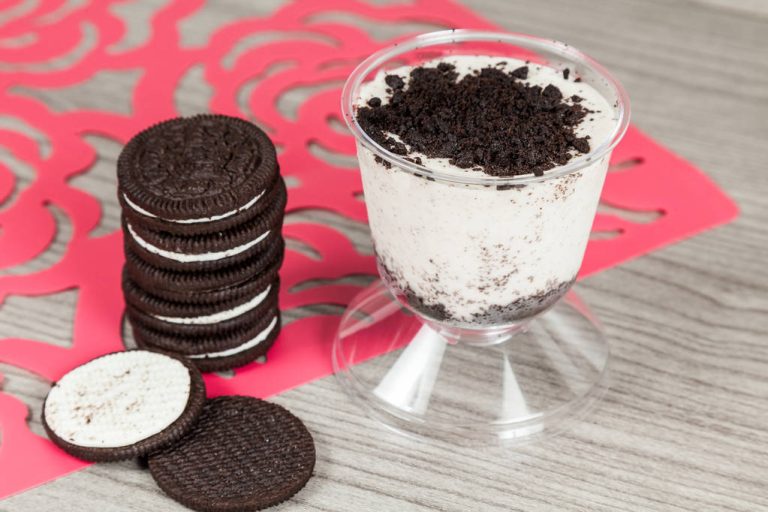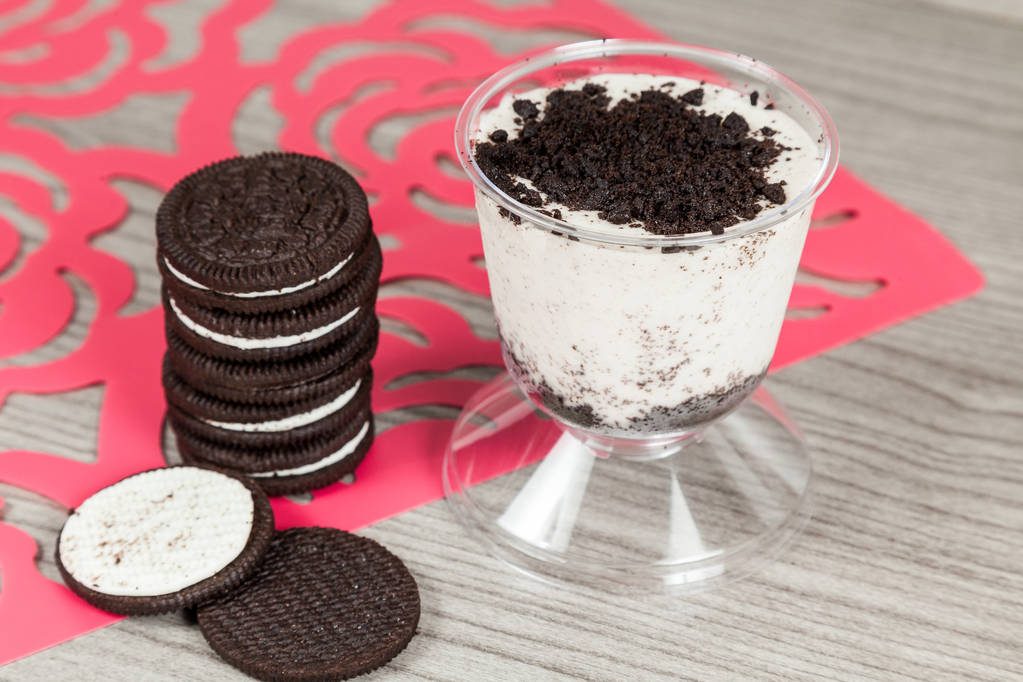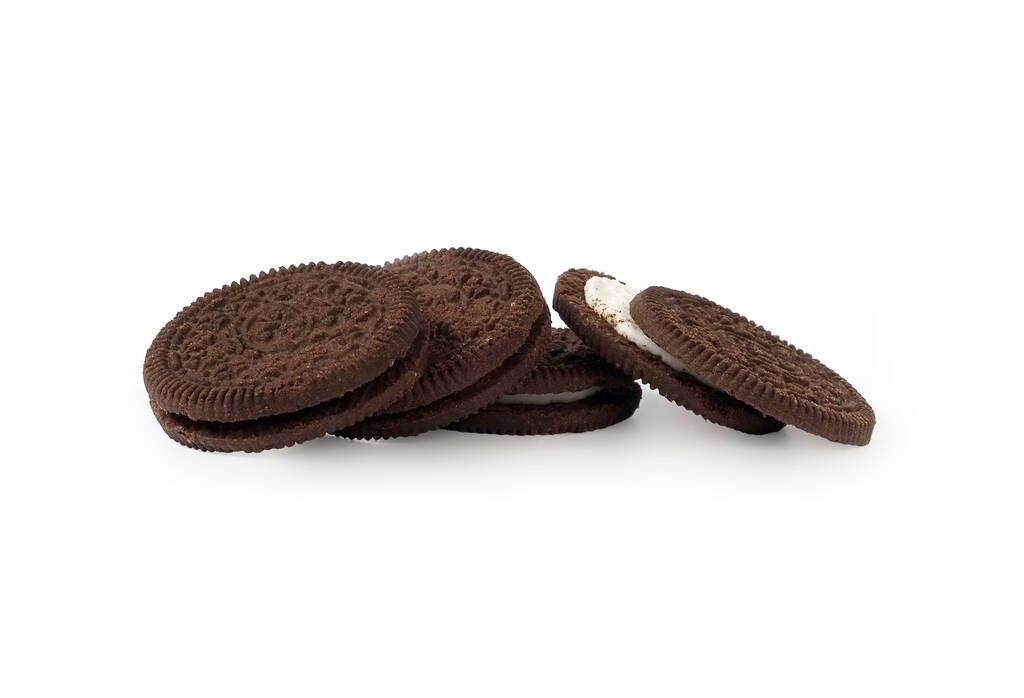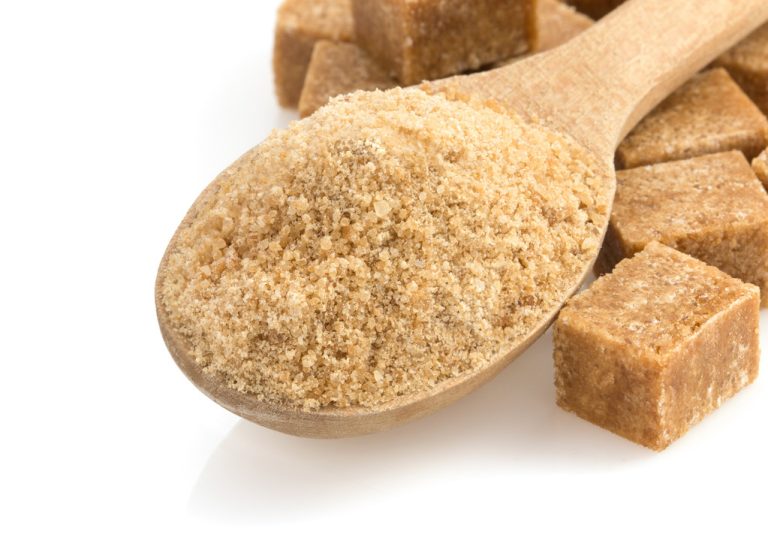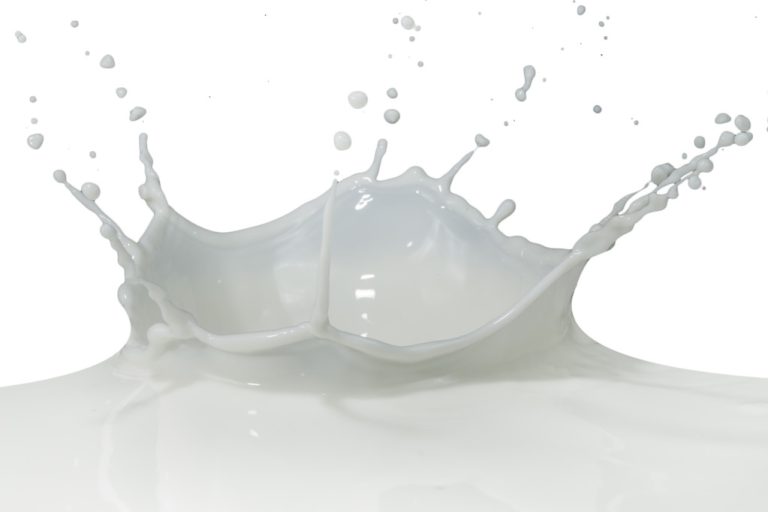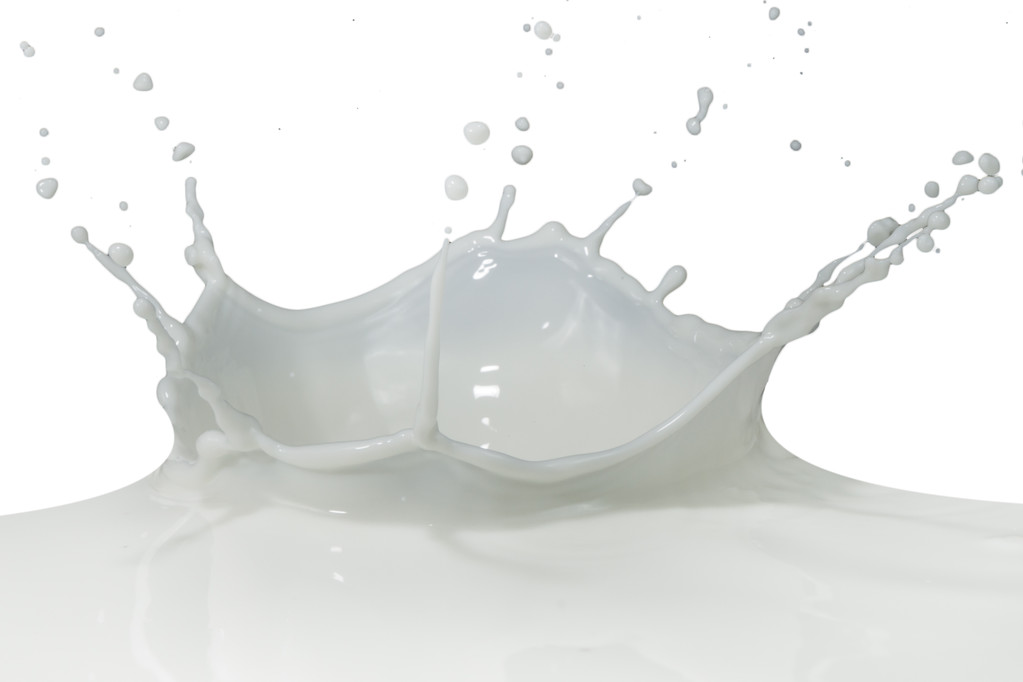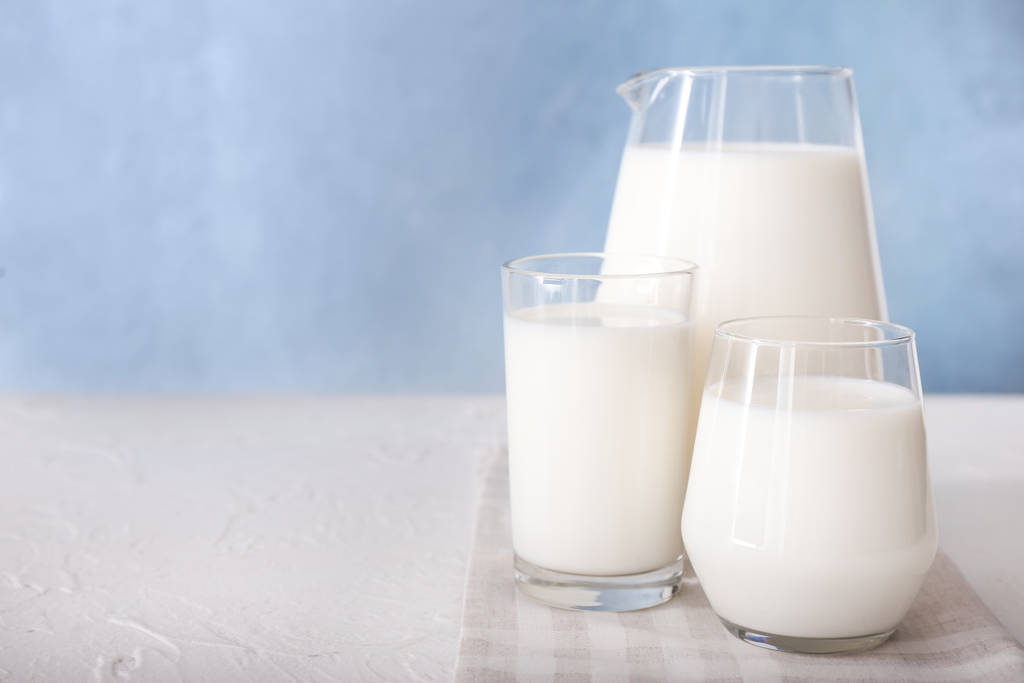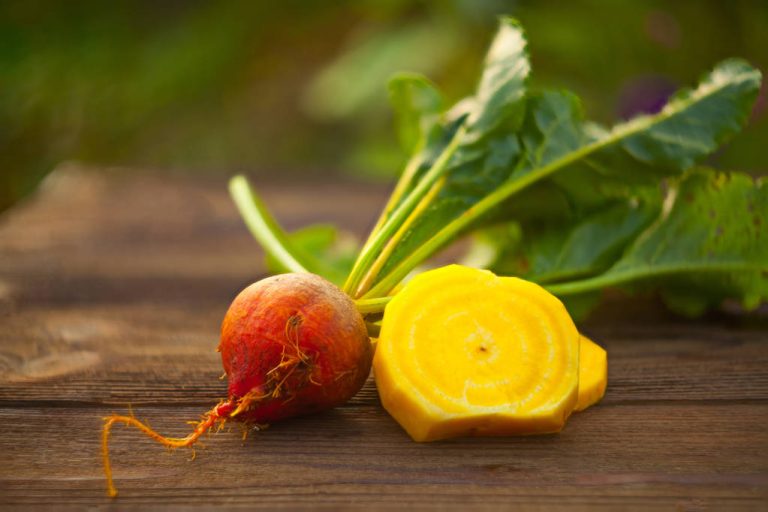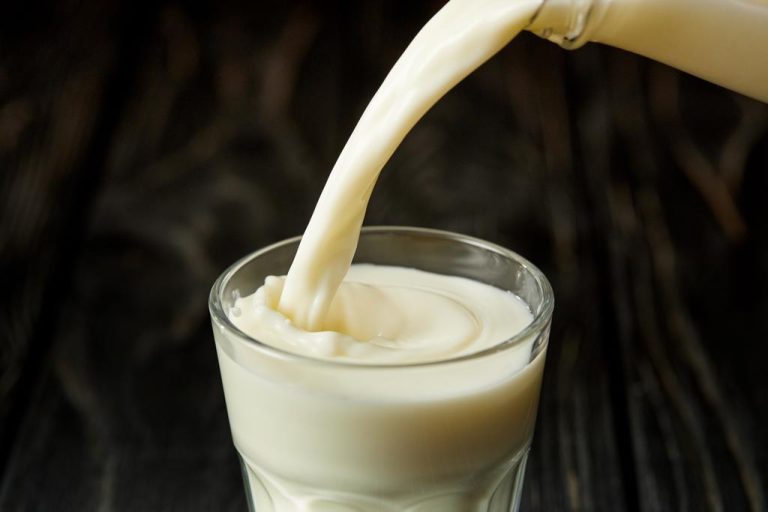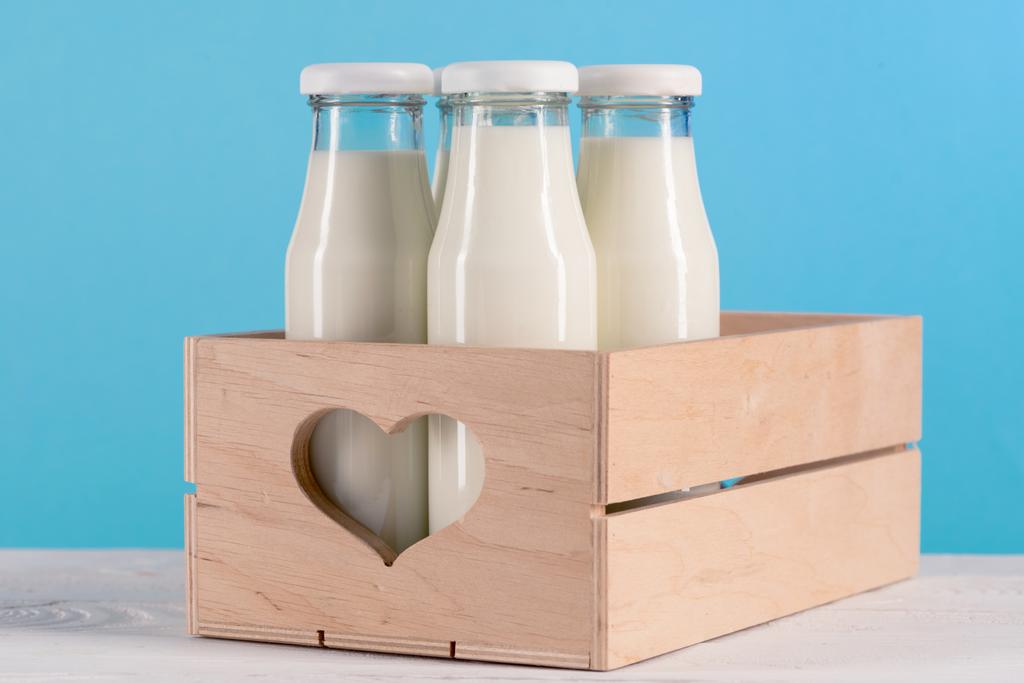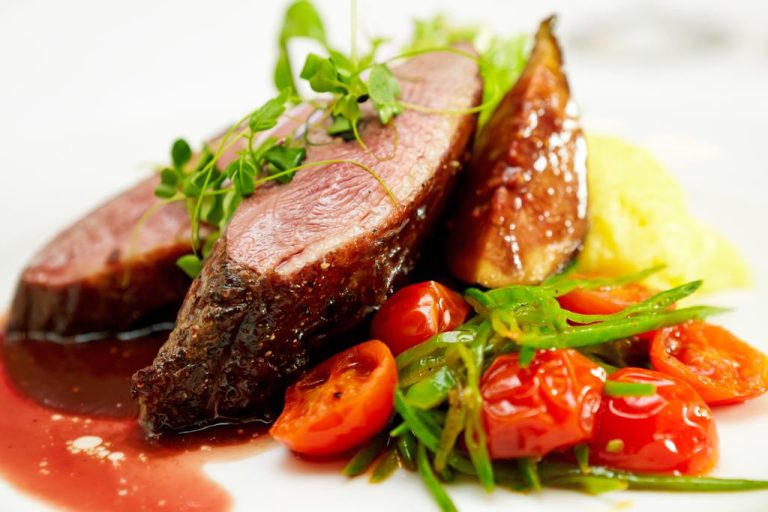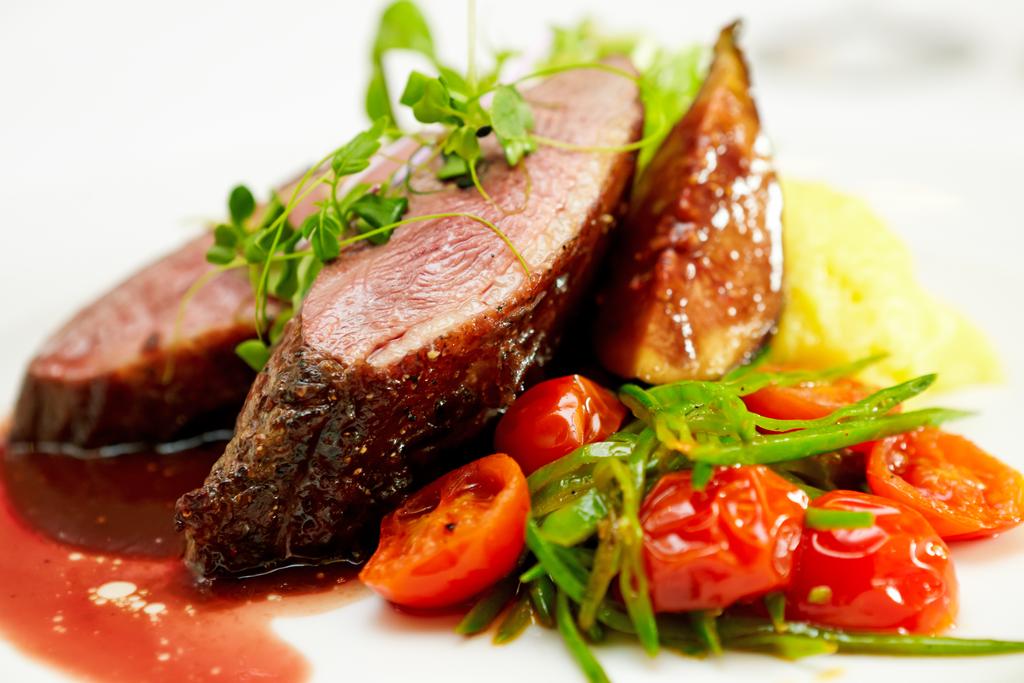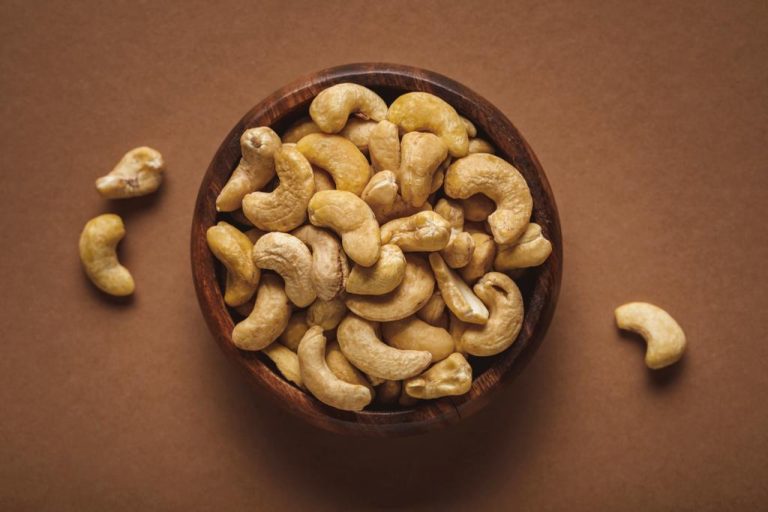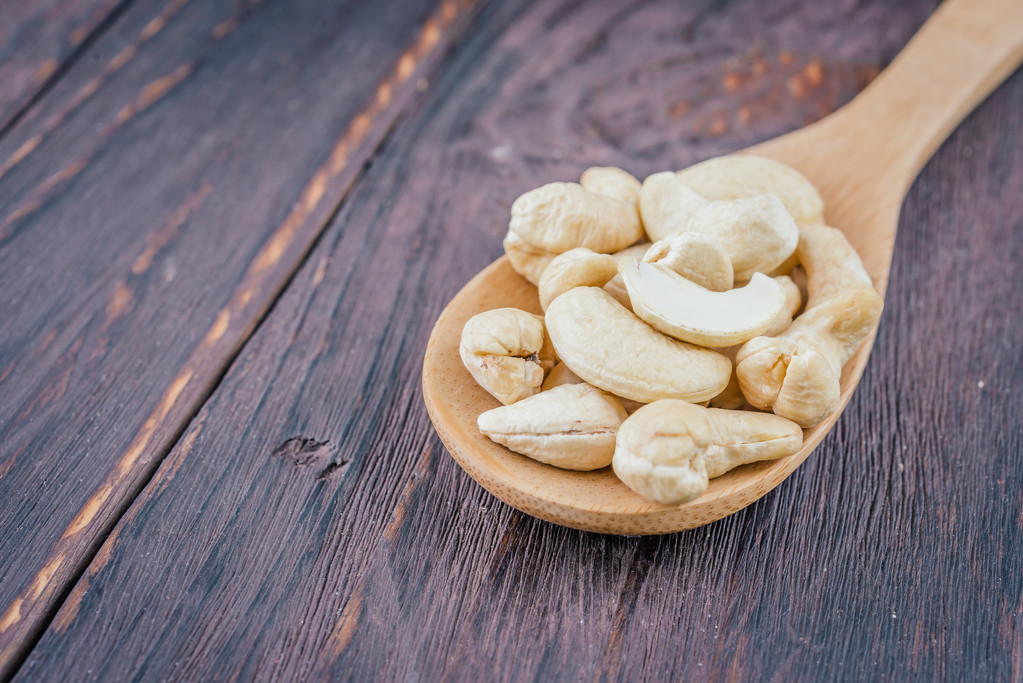Potato varieties come in many colors and shapes. They differ in terms of ripening time and purpose. This article gives you an overview of the common varieties. We also introduce you to old potato varieties.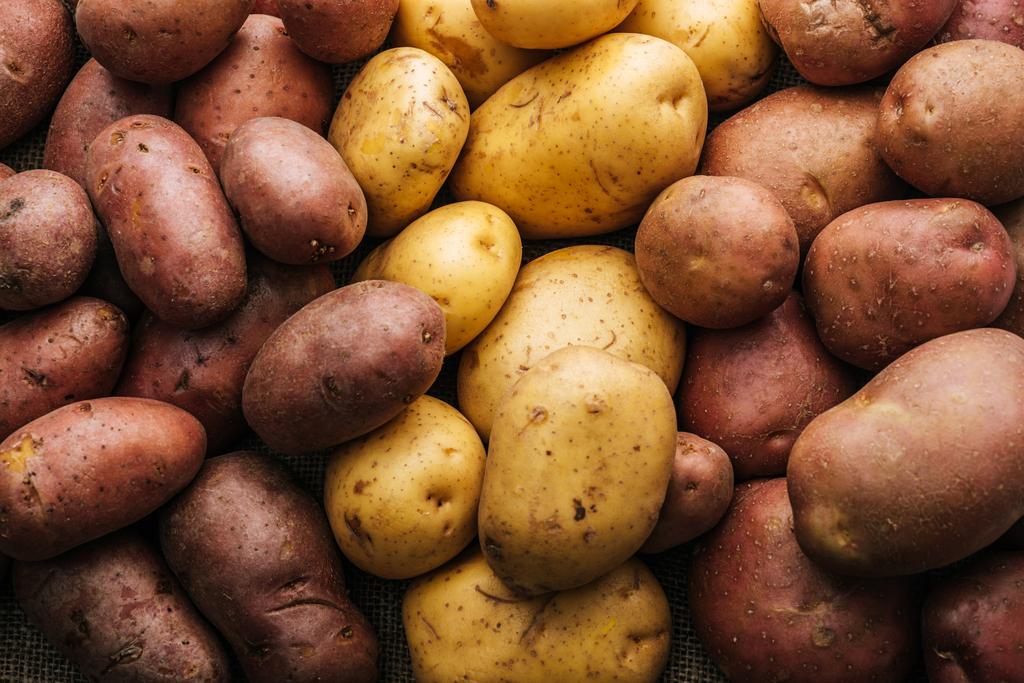
Waxy potato varieties
Waxy potatoes contain less starch than floury potatoes. This means that the tubers keep their shape even when cooked. Waxy potatoes are particularly good for:
fried potatoes
potato salad
potato gratin
These waxy potato varieties are particularly popular:
Linda: The potato variety is known for its good shelf life. Despite its firm consistency, it has a soft and creamy taste.
Sieglinde: The early potato variety forms elongated to oval tubers. The skin is yellow and smooth, while the flesh is considered to be particularly flavorful. The Sieglinde has a long tradition in Germany and is particularly popular here.
Nicola: The variety was named Potato Variety of the Year in 2016. It tastes slightly sweet and yet earthy. Their elongated tubers are among the medium-early potatoes.
La Ratte: The French variety impresses with its fine nutty taste. La Ratte is one of the medium-early varieties and stands out because of its squishy, croissant-shaped tuber. It is traditionally used for gratins.
Predominantly waxy potato varieties
Predominantly waxy potatoes burst easily when cooked and are slightly softer than waxy potatoes. They are especially useful for
Boiled and boiled potatoes
fries
baked potatoes
These varieties are among the predominantly waxy potatoes:
Granola: The round to oval tubers are typically yellow in color. The medium-early variety was voted Potato Variety of the Year in 2014.
Laura: The skin of the potato variety is red, while the flesh is yellow. It is particularly popular because of its strong taste.
Bintje: Characteristic of this medium-early variety are its mild, creamy taste and its typically long-oval tubers.
Red Emmalie: The potato of the year 2018 is characterized by its red flesh and skin. It was bred by organic farmer Karsten Ellenberg and is said to be easy to grow. The early variety has a spicy taste and a fine consistency.
Floury potato varieties
Floury potato varieties have the highest starch content. As a result, they are significantly softer after cooking and can be easily mashed with a fork. The tubers of floury varieties are often significantly larger than those of waxy varieties. Floury potatoes are best suited for these dishes:
Mashed potatoes
Soup
potato pancakes
gnocchi
The following varieties are floury potato varieties:
Augusta: The early potato variety has round to oval tubers, while the skin is rather rough. The taste is mild and aromatic. The variety stores well.
Alma: The Alma is particularly striking because of its particularly light, almost white flesh. It is also particularly productive.
Agria: The variety is cultivated particularly frequently in Germany. It is one of the medium-early varieties and can be stored well.
Gala: The variety is one of the early potato varieties. Their yellow flesh is considered particularly aromatic. The tubers are round to oval and have a fine skin.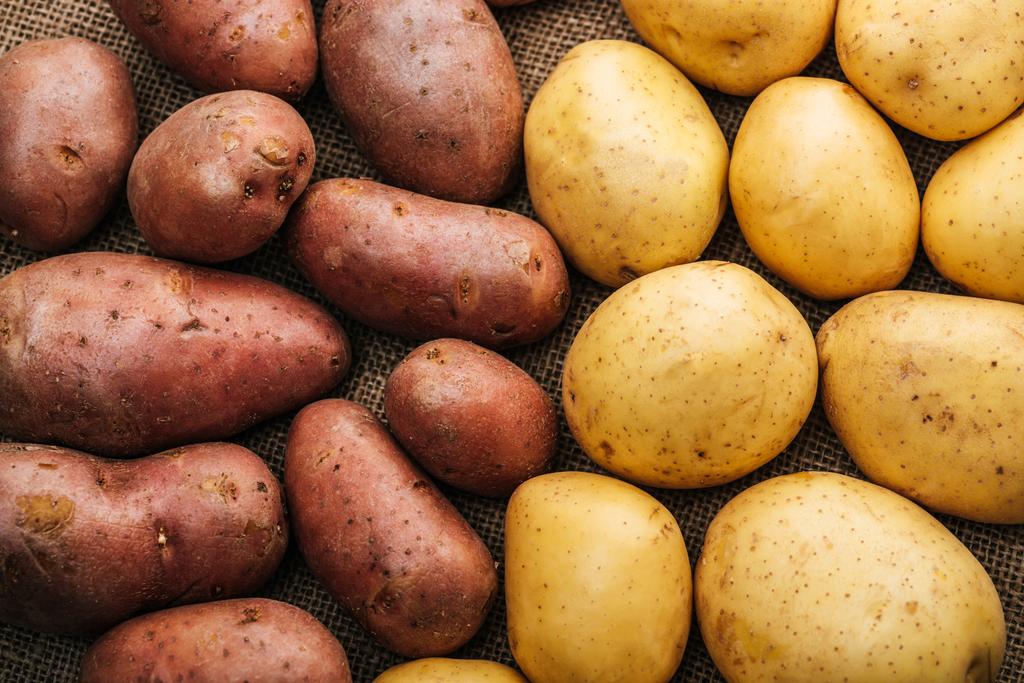
Old potato varieties
Old potato varieties have been forgotten more and more over time. The varieties are usually not particularly lucrative for conventional cultivation, as they require more care and yield less. In recent years, however, some farmers and organic farms have tried to preserve old potato varieties.
Like other varieties of potatoes, old varieties are divided according to the degree of ripeness and purpose. You often come across old varieties, especially at markets and in farm shops. If you plant old potatoes in your own garden, you can help preserve variety by choosing old varieties. You can buy the seeds for this from some clubs and organic farms.
Here are a few old potato varieties:
Bamberger Hörnchen: The variety is also called Bamberger Krumbeere and is one of the medium-late varieties. The squirrels are easily recognizable by their characteristic shape and yellow-pink skin. The potato variety is one of the waxy potatoes.
Highland Burgundy Red: The Scottish potato variety is considered a rarity, although it has been around since the beginning of the 20th century. The floury potato is particularly noticeable because of its red flesh and oval shape. It is one of the medium late varieties.
Mecklenburg pinto: The exotic rarity comes from Mecklenburg. The variety is oval and oblong in shape. While their skin is dark purple, the flesh is white and blue veined. The taste is reminiscent of chestnuts.
Vitelotte: The Vitelotte is one of the purple potatoes and is characterized by its elongated shape and dark skin. The blue and white marbled flesh has a strong and bitter taste.

